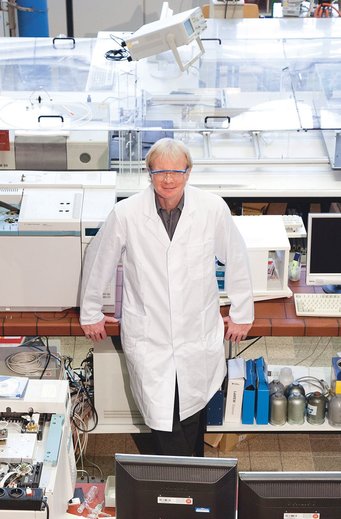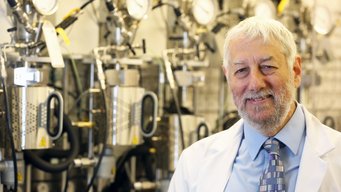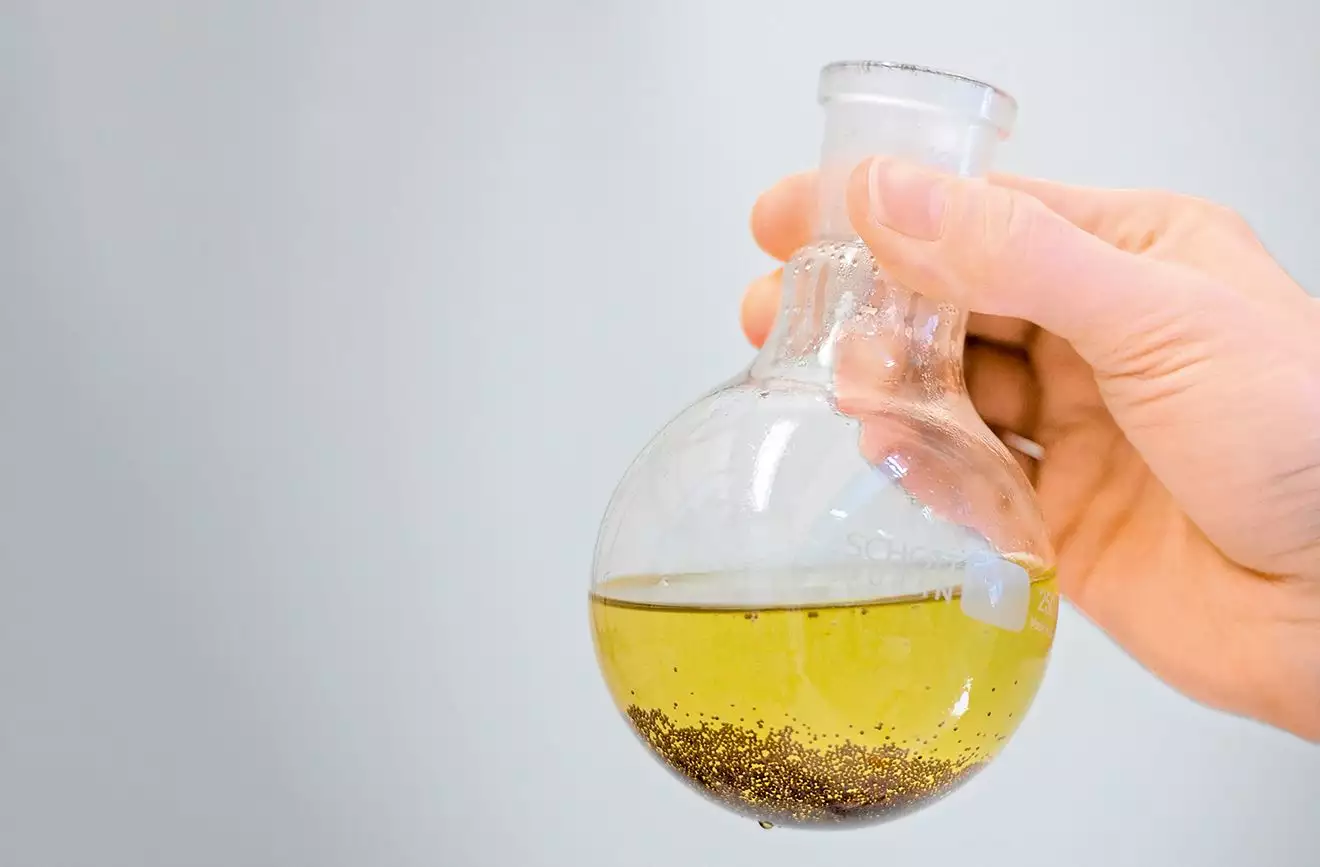The Max Planck-Cardiff Centre Funcat lays the foundations for the systematic development of chemical reaction accelerators
When it comes to the energy transition, there has to be the right chemistry. This makes it possible to store electricity from the wind and sun in fuels and base materials for chemical production and also to use CO2 for this purpose. However, the corresponding chemical compounds can only be produced efficiently with the right catalysts; these are, however currently still in short supply. In the now officially opened Max-Planck-Cardiff Centre on the Fundamentals of Heterogeneous Catalysis (Funcat), three Max Planck Institutes and the Cardiff University have joined forces to pursue new paths in catalyst research which rely, among other things, on artificial intelligence. As a test case for the new approach, the researchers are developing reaction accelerators that convert CO2 into useful substances.
Catalysts are an economic superpower: reaction accelerators reduce the energy required for many chemical reactions, direct them specifically to desired products, and even make some conversions possible in the first place. It’s no surprise, then, that they are involved in the production of 85 percent of all industrial products and contribute an estimated one-quarter of global economic output. And they are likely to become even more significant if fossil raw materials are increasingly replaced in the future, electricity from renewable sources requires storage, and vehicles such as aircraft and ships will burn synthetic fuels. "Catalysis research makes a crucial contribution to energy conversion and storage, but more generally to socioeconomic development, especially towards a circular economy," says Max Planck President Martin Stratmann. "There are still many fundamental questions here that the Max Planck Cardiff Center will help to answer."
Big data and artificial intelligence

The Max-Planck-Institut für Kohlenforschung, the Max Planck Institute for Chemical Energy Conversion, the Fritz Haber Institute Funcat, and the Cardiff Catalysis Institute at the Cardiff University are participating in the center Funcat, which has now been officially opened with an event at the Cardiff University. "Here, four top laboratories are entering into an institutional partnership to join their ressources and take an innovative approach to catalysis research," says Ferdi Schüth, Director at the Max-Planck-Institut für Kohlenforschung and one spokesperson for the center. "By doing so, we’re ultimately striving for a rational catalyst design." In other words, instead of developing new reaction accelerators using trial and error, as has usually been the case so far, calculations will predict the catalytic behaviour of materials and thus significantly reduce the experimental effort required for their development.
In their systematic search for suitable candidates, the researchers use the Nomad database, which stores measurement and computational results on the catalytic properties of numerous materials. The data base exists thanks to the initiative of Matthias Scheffler, director emeritus at the Fritz Haber Institute, and artificial intelligence. Using data on already studied metals, alloys and metal oxides, it can infer how well new materials are suited to a desired reaction. It also takes into account that a catalyst changes as it works, and enables predictions about how to control those changes so that they support rather than hinder its work.

The new approach is expected to prove its strength, among other things, in the search for catalysts that convert the very inert CO2 into methanol, which is suitable as a fuel, or formaldehyde, a base material used in chemical production. Such a catalyst could help meet the demand for synthetic fuels and the move toward a circular economy in chemical production while reducing the CO2 footprint. Graham Hutchings, Regius Professor of Chemistry at Cardiff University said: “The future of catalysis research will rely heavily on the link between theory and experiment with our theoretical methods becoming increasingly predictive. Our new approach to catalyst design will enable the drive for future economic development once again, this time in the direction of a climate-neutral economy.”
